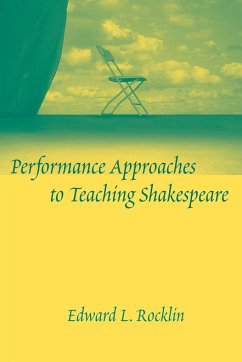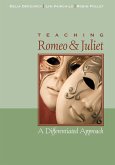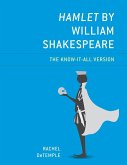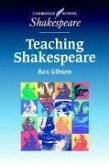Rocklin explores how performance enriches students' understanding of Shakespeare's plays, with a focus on Taming of the Shrew, Richard III, and Hamlet. How can high school and college teachers help their students get the most out of studying Shakespeare? In Performance Approaches to Teaching Shakespeare, Edward L. Rocklin offers teachers a wide array of concepts and practices to explore with their students' specific performances as well as the performance potentials of a Shakespeare text. Examining drama as both text and performance opens up a range of actions that inexperienced readers can miss when they are limited to reading words on the page. The importance of analyzing and interpreting Shakespeare's works becomes clear when students are encouraged to use their critical thinking skills to imagine and perform these texts. To help teachers incorporate a performance dimension into their literature courses, Rocklin's approach asks students to analyze, cast, rehearse, and perform parts of a play, as well as to observe, respond to, and learn from these performances. The many activities outlined in the book include making editorial choices, studying performance histories, staging scenes, and examining current productions through performance records, film, and video. After explaining the constitutive practices and models for performance, Rocklin provides in-depth lessons, including classroom discussions and activities, student responses, and carefully crafted writing assignments, to illustrate how performance works with three Shakespeare plays: The Taming of the Shrew, Richard III, and Hamlet.
Hinweis: Dieser Artikel kann nur an eine deutsche Lieferadresse ausgeliefert werden.
Hinweis: Dieser Artikel kann nur an eine deutsche Lieferadresse ausgeliefert werden.








